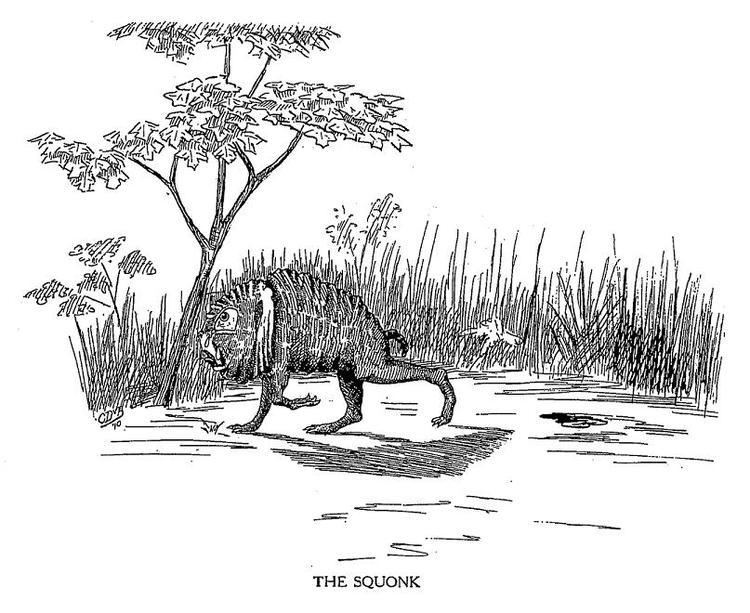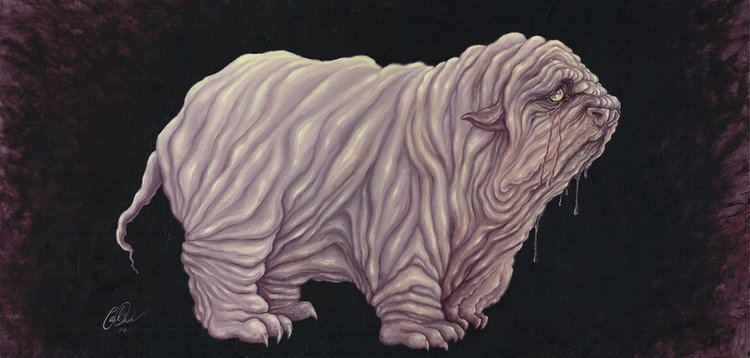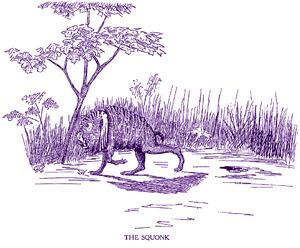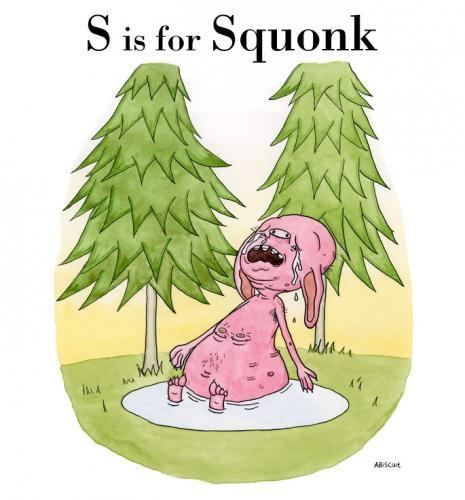 | ||
Genesis squonk
The Squonk is a mythical creature reputed to live in the Hemlock forests of northern Pennsylvania. Legends of squonks probably originated in the late nineteenth century, at the height of Pennsylvania's importance in the potential timber industry.
Contents
- Genesis squonk
- Vaping a squonk kit the therion bf dna 75 first look
- In folklore
- Scientific usage
- References

Vaping a squonk kit the therion bf dna 75 first look
In folklore

The earliest known written account of squonks comes from a book by William T. Cox called Fearsome Creatures of the Lumberwoods, With a Few Desert and Mountain Beasts (1910). Cox's account is reprinted in Jorge Luis Borges' Book of Imaginary Beings (1969).

The legend holds that the creature's skin is ill-fitting, being covered with warts and other blemishes and that because it is ashamed of its appearance, it hides from plain sight and spends much of its time weeping. Hunters who have attempted to catch squonks have found that the creature is capable of evading capture by dissolving completely into a pool of tears and bubbles when cornered. A certain J.P. Wentling is supposed to have coaxed one into a bag, which, while he was carrying it home suddenly lightened. On inspection, he found that the bag contained only the liquid remains of the sad animal.
The "scientific name" of the squonk, Lacrimacorpus dissolvens, comes from Latin words meaning "tear", "body", and "dissolve".
Scientific usage
Squonks are also known in chemistry and biology. Some substances are stable in solution or some other "wild" form but cannot be isolated or captured without actually catalyzing their own polymerization or decomposition ("dissolving in their own tears"). For example, a molecule containing a carboxylic acid moiety and an acid labile moiety might be stable when initially prepared as the salt (e.g., barium prephenate) but unstable as the free acid (prephenic acid).
Other examples can be found in: Toby J. Sommer, "Chemical Squonks", Chemical Innovation, 2000, 30 (April 2000), 24-32. ISSN 1527-4799. Chemical Abstracts: 133:73580 ; CAPlus: 2000:254494.
